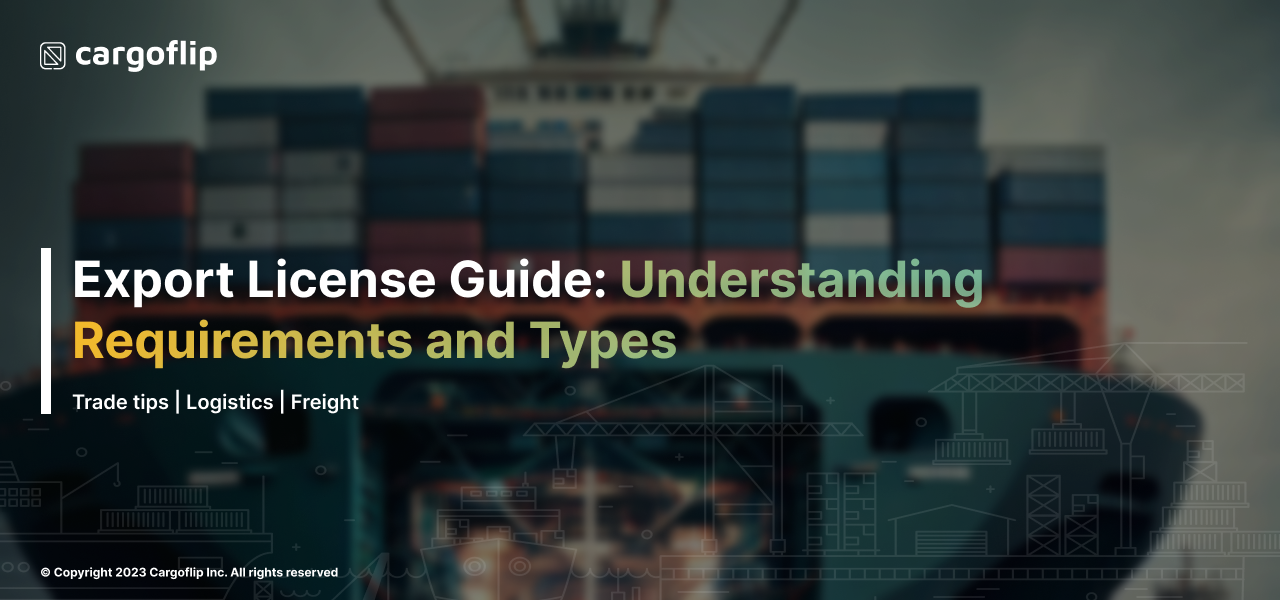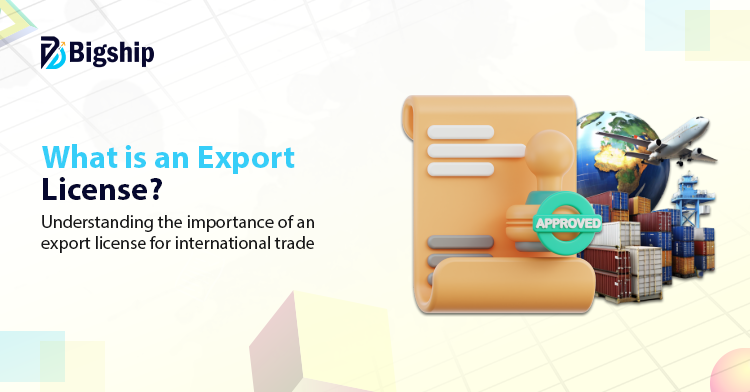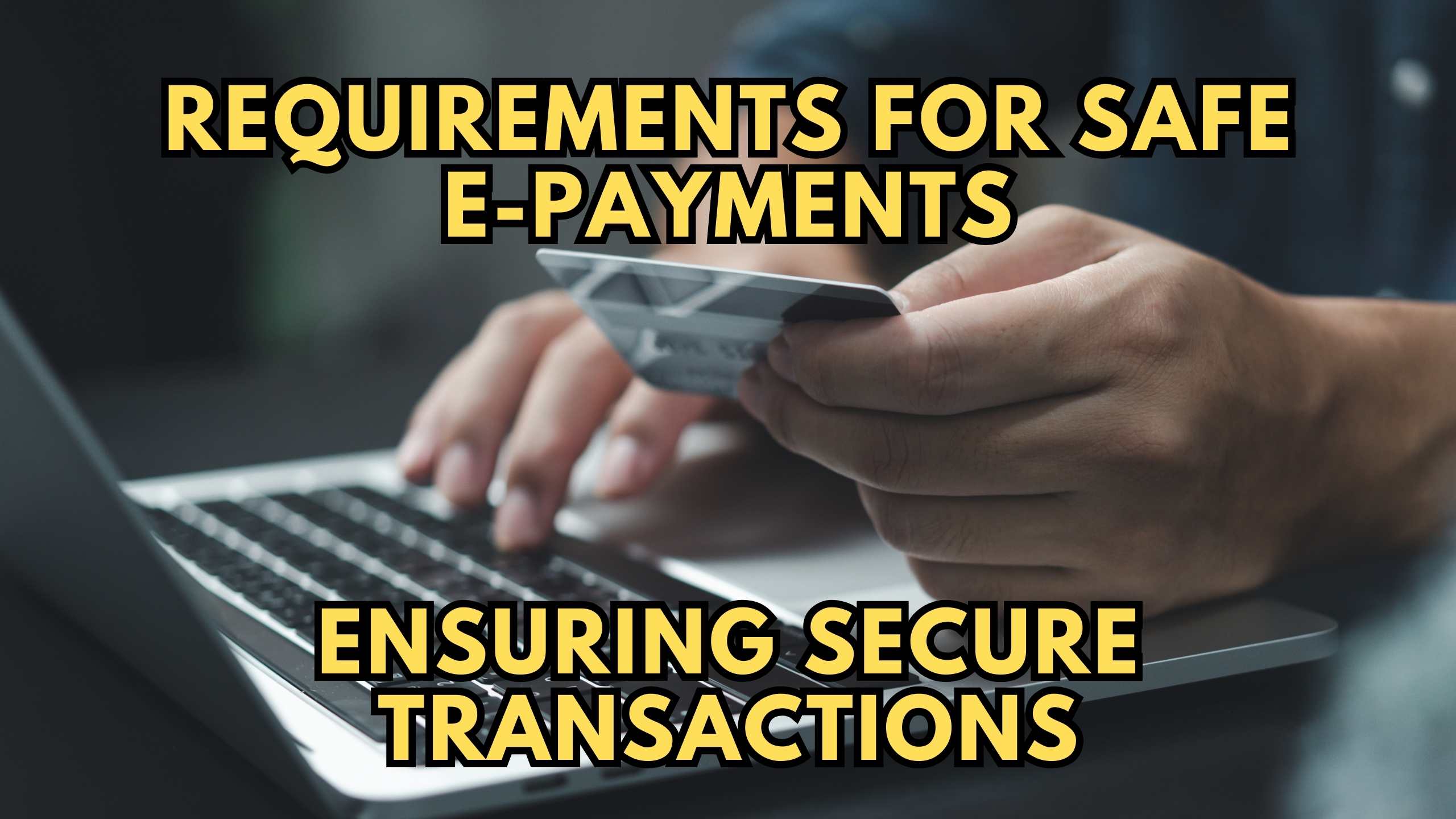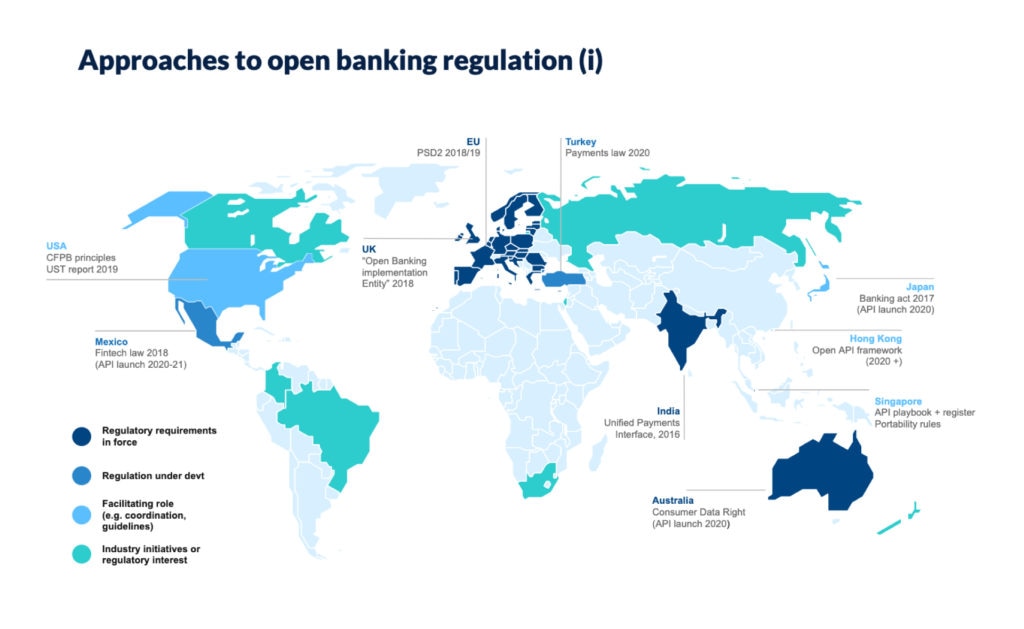
A Beginner’s Guide to Export Licenses and Permits: Navigating International Trade Compliance
The world of international trade is brimming with exciting opportunities. Expanding your business beyond borders can unlock new markets, increase revenue, and diversify your customer base. However, as exhilarating as global commerce can be, it’s also a landscape governed by a complex web of rules and regulations. One of the most critical aspects of this regulatory environment is understanding export licenses and permits.
For many businesses, especially small and medium-sized enterprises (SMEs) or first-time exporters, the idea of export compliance can seem daunting. Terms like ECCN, ITAR, EAR, OFAC, and deemed exports might sound like a foreign language. But fear not! This comprehensive guide is designed to demystify the process, providing a clear, step-by-step understanding of what export licenses are, why they’re necessary, and how to navigate the system to ensure your business remains compliant and avoids costly penalties.
What Exactly Are Export Licenses and Permits?
At its simplest, an export license (often used interchangeably with "permit") is a government-issued authorization that grants you permission to ship specific goods, technology, or services to a particular destination, or to engage with certain individuals or entities. Think of it as a "permission slip" from the government for your international transactions.
Not everything requires a license. In fact, most commercial items exported from the United States do not need a specific license. However, for certain items, destinations, end-users, or end-uses, a license is absolutely mandatory to prevent misuse, protect national security, and uphold foreign policy objectives.
Why Are Export Licenses Necessary? The Purpose Behind the Rules
The regulations governing export licenses aren’t designed to make your life difficult. Instead, they serve several crucial purposes for national and international security:
- National Security: To prevent sensitive U.S. technologies, equipment, or information from falling into the wrong hands, particularly those that could be used for military applications, weapons of mass destruction, or terrorism.
- Foreign Policy: To support U.S. foreign policy objectives, such as imposing sanctions on specific countries or regimes, restricting trade with human rights violators, or preventing the proliferation of dangerous technologies.
- Non-Proliferation: To control the spread of nuclear, chemical, and biological weapons, as well as the missile technology used to deliver them.
- Economic Security: To prevent the diversion of critical resources or the circumvention of trade sanctions.
- Preventing Illicit Activities: To combat illegal activities like drug trafficking, money laundering, and the funding of terrorist organizations.
Ignoring these regulations isn’t just a minor oversight; it can lead to severe penalties, including hefty fines, imprisonment, and damage to your business’s reputation.
Who Needs an Export License? You Might Be Surprised!
The common misconception is that only large corporations dealing in defense articles or highly sensitive technology need to worry about export licenses. This is far from the truth. Anyone involved in sending goods, technology, or even providing services across international borders from the U.S. might need to consider export regulations. This includes:
- Manufacturers: Companies producing goods for export.
- Exporters/Shippers: Businesses or individuals physically sending items overseas.
- Freight Forwarders & Logistics Providers: Though they often rely on the exporter for compliance, they must also be aware of the rules.
- Researchers & Academics: Sharing research, data, or even discussing certain technologies with foreign nationals can be considered an "export."
- Software Developers: Exporting software or providing access to it from overseas.
- Service Providers: Offering technical assistance, training, or knowledge that relates to controlled items.
Even carrying a specialized laptop or sharing technical drawings via email with an overseas partner can, under certain circumstances, be considered an export that requires a license.
Key Agencies and Regulations: The Big Players
Navigating export compliance primarily involves understanding the regulations enforced by a few key U.S. government agencies.
1. The Department of Commerce: Bureau of Industry and Security (BIS) and the Export Administration Regulations (EAR)
- What they regulate: The vast majority of commercial and "dual-use" items. Dual-use items are those that have both civilian and military applications (e.g., computers, sensors, lasers, certain chemicals, advanced materials).
- Key Regulation: The Export Administration Regulations (EAR).
- How items are classified: Items under the EAR are assigned an Export Control Classification Number (ECCN). This alphanumeric code (e.g., 3A001) specifies the type of item and the reasons for control (e.g., national security, missile technology, anti-terrorism).
- Key Concept: The Commerce Control List (CCL) within the EAR lists all items controlled by BIS and their corresponding ECCNs. If your item isn’t on the CCL, it’s generally designated as "EAR99," meaning it’s subject to the EAR but typically doesn’t require a license, unless it’s going to an embargoed country, a prohibited end-user, or for a prohibited end-use.
2. The Department of State: Directorate of Defense Trade Controls (DDTC) and the International Traffic in Arms Regulations (ITAR)
- What they regulate: Military items, defense articles, and defense services. These are items specifically designed, modified, or configured for military purposes.
- Key Regulation: The International Traffic in Arms Regulations (ITAR).
- How items are classified: Items under ITAR are listed on the U.S. Munitions List (USML). Unlike ECCNs, items on the USML are explicitly military in nature (e.g., firearms, tanks, military aircraft, certain satellites, and related technical data).
- Key Concept: If an item is on the USML, it is always subject to ITAR, and typically requires a license for export, regardless of destination, unless a specific exemption applies.
3. The Department of the Treasury: Office of Foreign Assets Control (OFAC)
- What they regulate: Financial transactions and trade with sanctioned countries, entities, and individuals. OFAC administers and enforces economic and trade sanctions programs based on U.S. foreign policy and national security goals.
- Key Regulation: Various sanctions programs (e.g., against Cuba, Iran, North Korea, Syria, Venezuela, Russia).
- Key Concept: OFAC regulations apply to everyone under U.S. jurisdiction, regardless of what you are exporting. Even if your item is EAR99 and not controlled by BIS or DDTC, you cannot export it to an OFAC-sanctioned country or a prohibited party on OFAC’s Specially Designated Nationals (SDN) List.
Determining if You Need an Export License: The Four-Question Test
This is the core of export compliance. Before any international shipment or transaction, you must ask yourself four critical questions:
1. WHAT are you exporting? (Item Classification)
- Is it on the U.S. Munitions List (USML)? If yes, it’s ITAR controlled. You’ll likely need a State Department (DDTC) license.
- Is it on the Commerce Control List (CCL)? If yes, it has an ECCN. You’ll need to check the EAR to see if a license is required based on the ECCN, destination, end-user, and end-use.
- Is it EAR99? If it’s not on the USML and not on the CCL, it’s EAR99. Most EAR99 items do not require a license, but they are still subject to the EAR’s "catch-all" provisions (see questions 2, 3, and 4).
How to classify:
- Start with the manufacturer’s classification. They often provide the ECCN or state if it’s ITAR-controlled.
- If not, use the BIS online tools or consult an expert. This can be complex, involving technical specifications.
2. WHERE is it going? (Destination)
- Are you exporting to a country subject to U.S. embargoes or sanctions? (e.g., Cuba, Iran, North Korea, Syria, certain regions of Ukraine). These are OFAC concerns, and most exports are prohibited, regardless of the item.
- Even if not embargoed, certain ECCNs require licenses for specific countries based on their "Country Chart" entries in the EAR. For example, a particular technology might require a license to China but not to Canada.
3. WHO is the end-user? (Parties Involved)
- Are any parties involved in the transaction (the buyer, the recipient, the intermediate consignee, the end-user) on a U.S. government denied or restricted party list?
- BIS Entity List: Entities (companies, organizations, individuals) believed to be involved in proliferation activities or other activities contrary to U.S. national security.
- BIS Denied Persons List: Individuals and entities denied export privileges.
- OFAC Specially Designated Nationals (SDN) List: Individuals and entities owned or controlled by, or acting for or on behalf of, targeted countries or groups.
- You must screen all parties involved in an export transaction against these and other relevant lists. Many companies use automated screening software for this.
4. WHAT will it be used for? (End-Use)
- Even if the item, destination, and parties seem fine, a license may still be required if you know (or have reason to know) that the item will be used for prohibited activities, such as:
- Developing weapons of mass destruction (nuclear, chemical, biological weapons, or missile technology).
- Military intelligence applications in certain countries.
- Diversion to an unauthorized end-user or destination.
- "Red Flags" are indicators that an export may be destined for an unacceptable end-use or end-user. Examples include:
- The customer is reluctant to provide information about the end-use.
- The product’s capabilities don’t match the customer’s stated business.
- The customer is located in a residential address or remote area.
- The customer pays in cash or insists on unusual payment terms.
- The customer is new and unknown, with vague or suspicious inquiries.
- The order quantity is unusual for the stated end-use.
If any of these "red flags" appear, you have a duty to investigate further (due diligence). If you can’t resolve the concerns, you should not proceed with the transaction without a license or seeking guidance from BIS.
Common Export Scenarios & Special Considerations
Beyond physical goods, several other types of "exports" frequently surprise beginners:
- Technology & Software: The transfer of technical data (e.g., blueprints, manuals, specifications) or software to foreign nationals, even within the U.S., can be considered an export.
- Deemed Exports: This is a crucial concept. A "deemed export" occurs when you release controlled technology or source code to a foreign national within the United States. For example, if your company manufactures a controlled item and a foreign national employee (even with a work visa) has access to the proprietary technical data for that item, it’s considered an export to that person’s home country. This can require a license.
- Re-exports: When an item previously exported from the U.S. is then sent from its initial foreign destination to another foreign country, it’s a re-export. U.S. export regulations often follow the item, meaning a re-export can also require a U.S. license.
- Services: Providing certain defense services or technical assistance related to controlled items or to sanctioned entities/individuals can also require a license.
How to Apply for an Export License
If, after conducting your four-question test and due diligence, you determine a license is required, here’s a general overview of the application process:
- Determine the Controlling Agency: Based on your classification, confirm if it’s BIS (EAR) or DDTC (ITAR) that controls your item.
- Gather Information: You’ll need detailed information about the item (ECCN/USML category), the parties involved (names, addresses, contact info, business activities), the destination, and the specific end-use.
- Prepare Supporting Documentation: This can include purchase orders, end-user statements, technical specifications, and other relevant agreements.
- Utilize Online Systems:
- For BIS (EAR) licenses, applications are submitted through the System for Processing Export and Reexport Applications (SPIRE), which replaced the older SNAP-R system.
- For DDTC (ITAR) licenses, applications are submitted through the Defense Export Control and Compliance System (DECCS).
- Submit and Monitor: Submit your application and monitor its status. Licensing officers may request additional information. The review process can take weeks or even months, depending on the complexity and sensitivity of the transaction.
Consequences of Non-Compliance: Don’t Take Chances!
The penalties for violating export control laws are severe and can impact both individuals and companies. They are designed to deter non-compliance and protect national security.
- Civil Penalties:
- Fines: Can range from tens of thousands to hundreds of thousands of dollars per violation, or even twice the value of the transaction.
- Denial of Export Privileges: Your company or individuals within it can be prohibited from participating in any export activities, effectively shutting down international business.
- Seizure of Goods: Your shipment can be detained and confiscated.
- Criminal Penalties:
- Fines: Up to millions of dollars for corporations.
- Imprisonment: Individuals can face years in federal prison for knowing violations.
- Reputational Damage: Non-compliance can severely damage your company’s brand, making it difficult to attract investors, partners, and customers.
Even unintentional mistakes can lead to significant penalties, emphasizing the importance of a robust compliance program.
Building an Effective Export Compliance Program
To minimize risk and ensure compliance, especially as your international business grows, consider establishing a formal Export Compliance Program (ECP). An ECP helps embed compliance into your daily operations. Key elements include:
- Management Commitment: Leadership buy-in and resources dedicated to compliance.
- Risk Assessment: Identify your specific export risks based on your products, destinations, and business model.
- Classification Process: A clear, documented procedure for determining the ECCN or USML category of your items.
- Screening Procedures: Regular screening of all parties involved in a transaction against denied party lists.
- Training: Ongoing training for all employees involved in international trade, from sales to shipping.
- Recordkeeping: Maintaining accurate and complete records of all export transactions for a minimum of five years.
- Internal Controls & Audits: Regularly review your compliance processes to ensure they are effective and identify areas for improvement.
- Reporting Violations: A clear policy for reporting potential violations, including voluntary self-disclosure to the relevant agency (which can significantly mitigate penalties).
Conclusion: Your Journey to Confident Global Trade
Navigating the world of export licenses and permits might seem like a daunting task, but it’s an essential part of responsible and successful international trade. By understanding the core concepts – what you’re exporting, where it’s going, who the parties are, and what the end-use is – you can significantly reduce your risk of non-compliance.
Remember, most items do not require a license. However, for those that do, getting it right is non-negotiable. Invest in understanding these regulations, leverage available resources from government agencies (like BIS, DDTC, and OFAC), and don’t hesitate to seek professional guidance from export compliance consultants or legal experts if you’re unsure.
Embrace the opportunities of global markets with confidence, knowing that your business is operating within the bounds of the law, protecting both your enterprise and national security interests. Your commitment to compliance is not just a regulatory burden; it’s a strategic advantage that builds trust and ensures sustainable international growth.



Post Comment